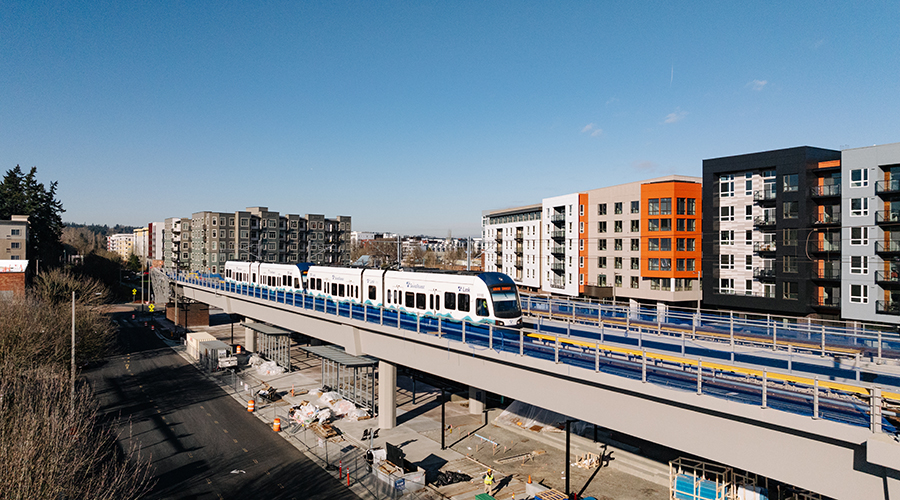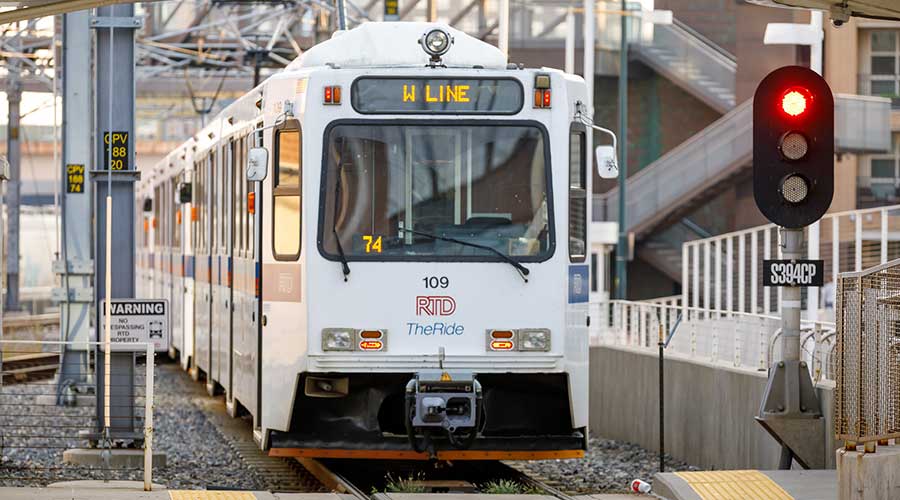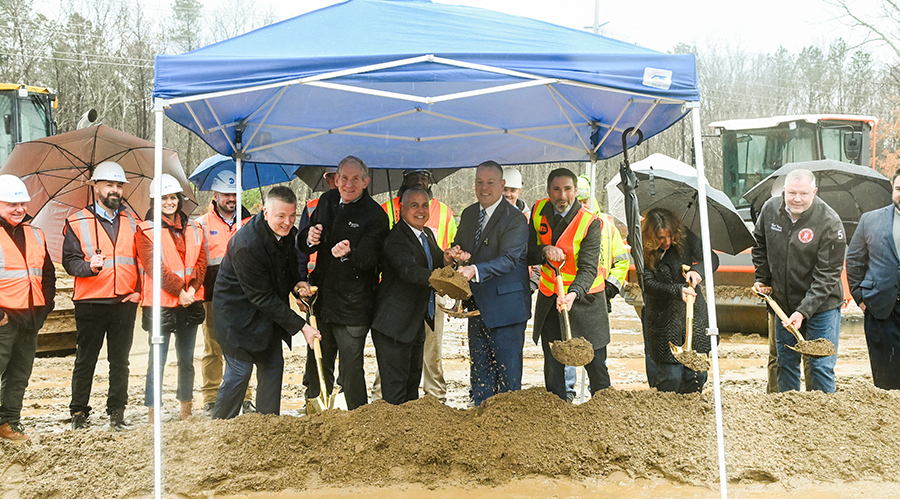Stay updated on news, articles and information for the rail industry
6/20/2013
Rail News: Positive Train Control
PTC deadline should be extended at least three years, AAR's Hamberger says
U.S. freight railroads have spent about $2.8 billion since 2008 to install positive train control (PTC) by the end-of-2015 mandated deadline. But due to technological and non-technological challenges that have arisen throughout the implementation process, the railroads have determined it isn't possible to have a fully interoperable nationwide PTC system up and running by the deadline, said Association of American Railroads (AAR) President and Chief Executive Officer Ed Hamberger yesterday during a Senate Commerce Committee hearing.
The deadline should be extended by at least three years, to Dec. 31, 2018, with flexibility given to the U.S. transportation secretary to consider additional extensions if they're deemed necessary, he said.
"A lot of progress toward implementing PTC has been made to date and railroads are working extremely hard to meet the 2015 deadline, collaborating with federal regulators and suppliers all throughout the process," Hamberger said. "There will be a lot of PTC implemented throughout the nation's rail network by 2015, but there will not be a fully interoperable system in place by then. While the deadline is important and something we never lose sight of, it is paramount that we end up with a PTC system that allows for the safe passage of both passengers and freight."
Another obstacle to meeting the deadline is the Federal Communications Commission's (FCC) regulatory process for constructing and placing PTC antenna structures, he said. Railroads need to install more than 20,000 new antenna structures nationwide to transmit PTC signals, about 97 percent of which are relatively small poles installed on railroad rights of way.
Per FCC rules, all PTC antenna structures are subject to the National Environmental Protection Act and National Historic Preservation Act, and every PTC antenna could be subject to a separate environmental evaluation process, Hamberger said.
"We are hoping for a resolution that allows the timely deployment of PTC and are hopeful that a workable solution is devised," he said. "If every one of the 20,000-plus antennas needs to be reviewed separately, we can assume that PTC deployment will be further delayed."
Hamberger also noted that railroads' recent safety improvements are due to the roads "investing more than ever before to grow and maintain their network."
Last year was the safest year ever for freight railroads. According to Federal Railroad Administration data covering a period between 1980 and 2012, the train accident rate fell 80 percent, employee injury rate declined 85 percent and grade crossing collision rate plunged 82 percent.
"Investments and maintenance work totaling $25.5 billion this year are being made in things that make the railroads much safer," Hamberger said. "Safety permeates everything railroads do — from decisions in the board room, to work along the tracks, in rail yards or shop floors, to training in classrooms and on simulators."


 LRW Honors Amtrak’s Acheson As Railway Woman Of The Year
LRW Honors Amtrak’s Acheson As Railway Woman Of The Year
 From Editor-In-Chief Foran: Of Gender Equity And Inclusion
From Editor-In-Chief Foran: Of Gender Equity And Inclusion
 Spotlight On Some Of Today’s Rail Safety Products
Spotlight On Some Of Today’s Rail Safety Products
 Women of Influence in Rail eBook
Women of Influence in Rail eBook
 railPrime
railPrime







